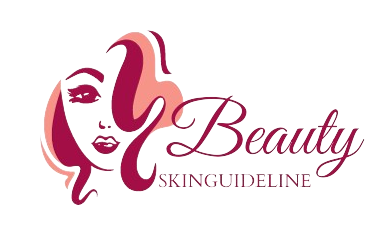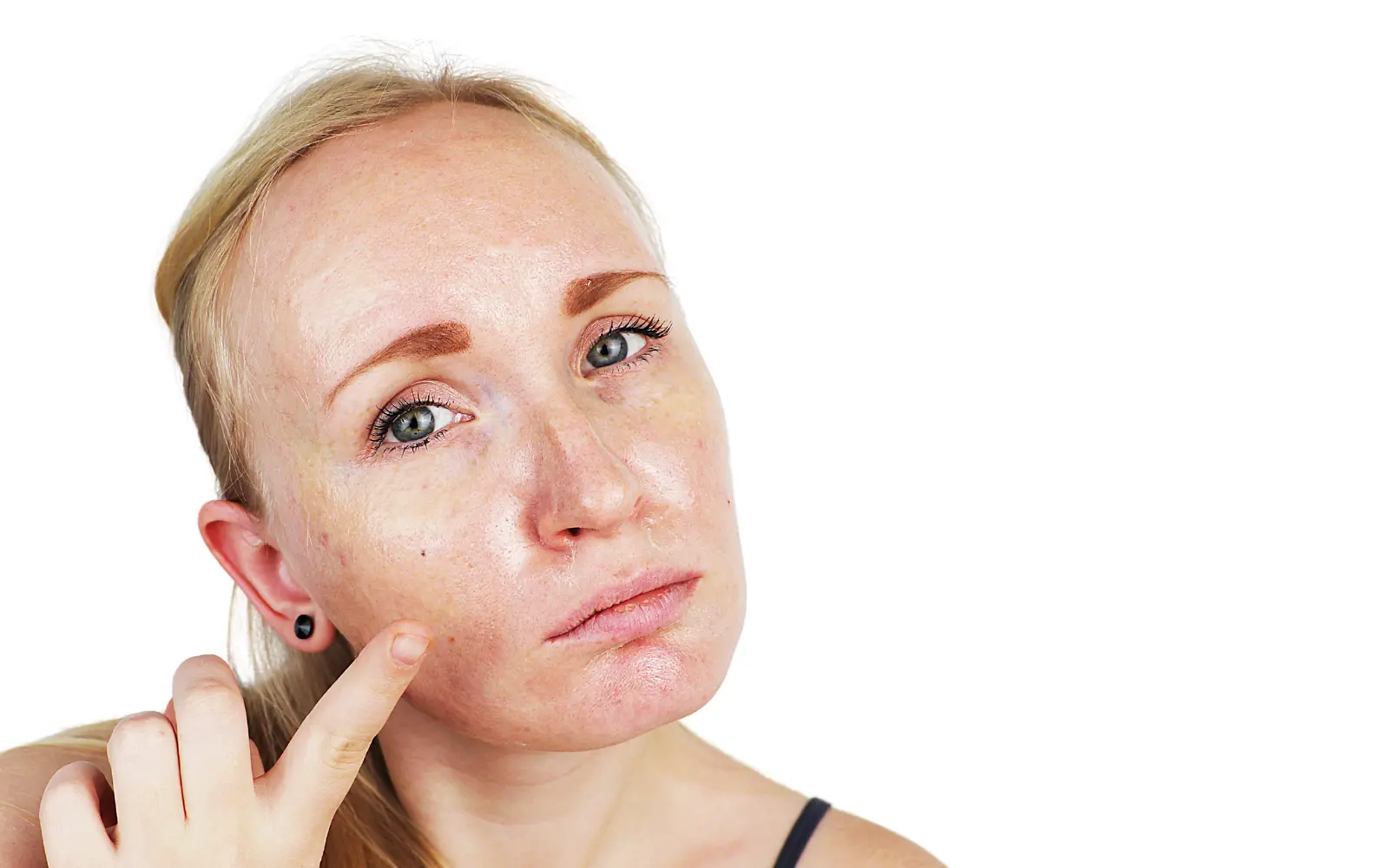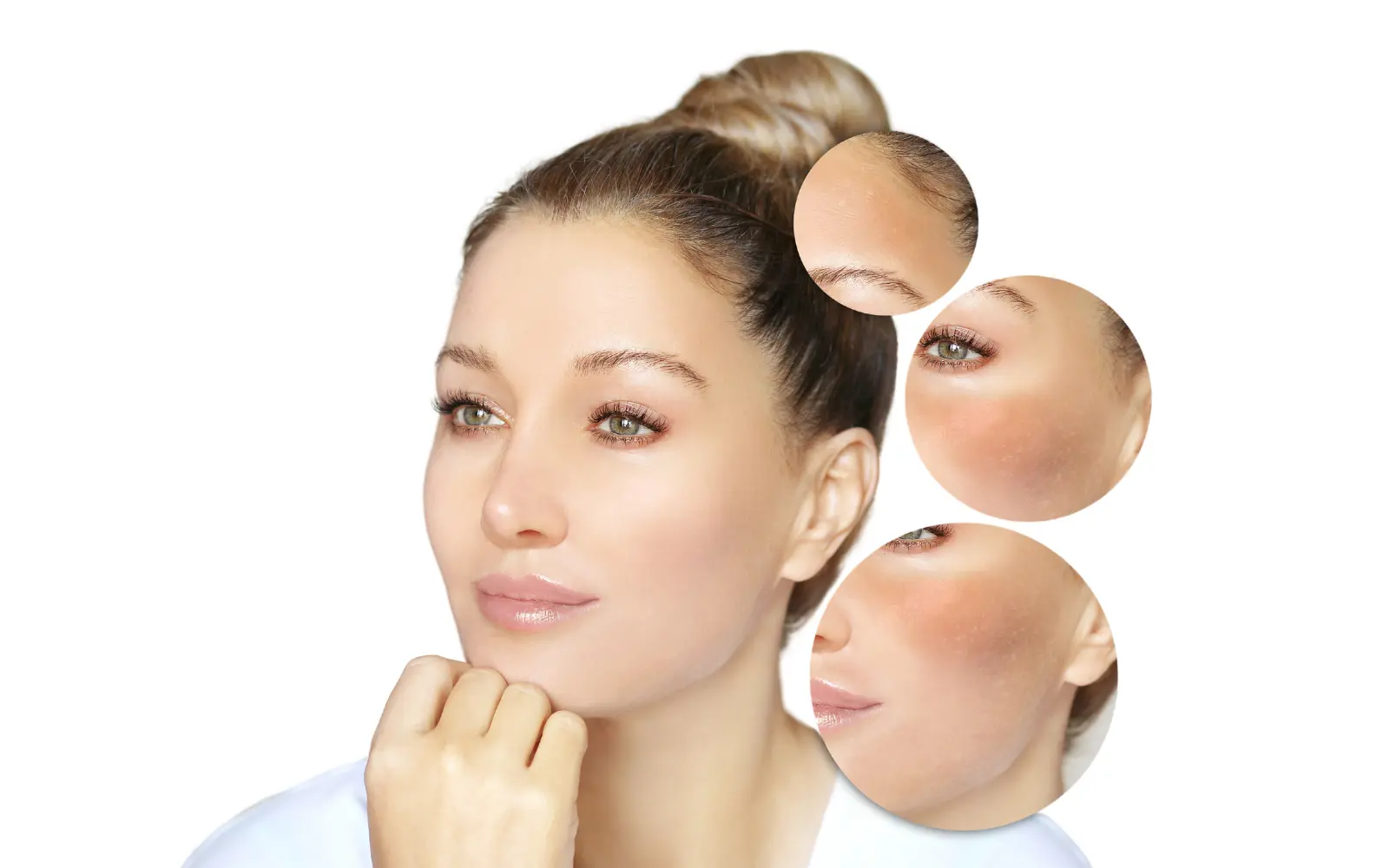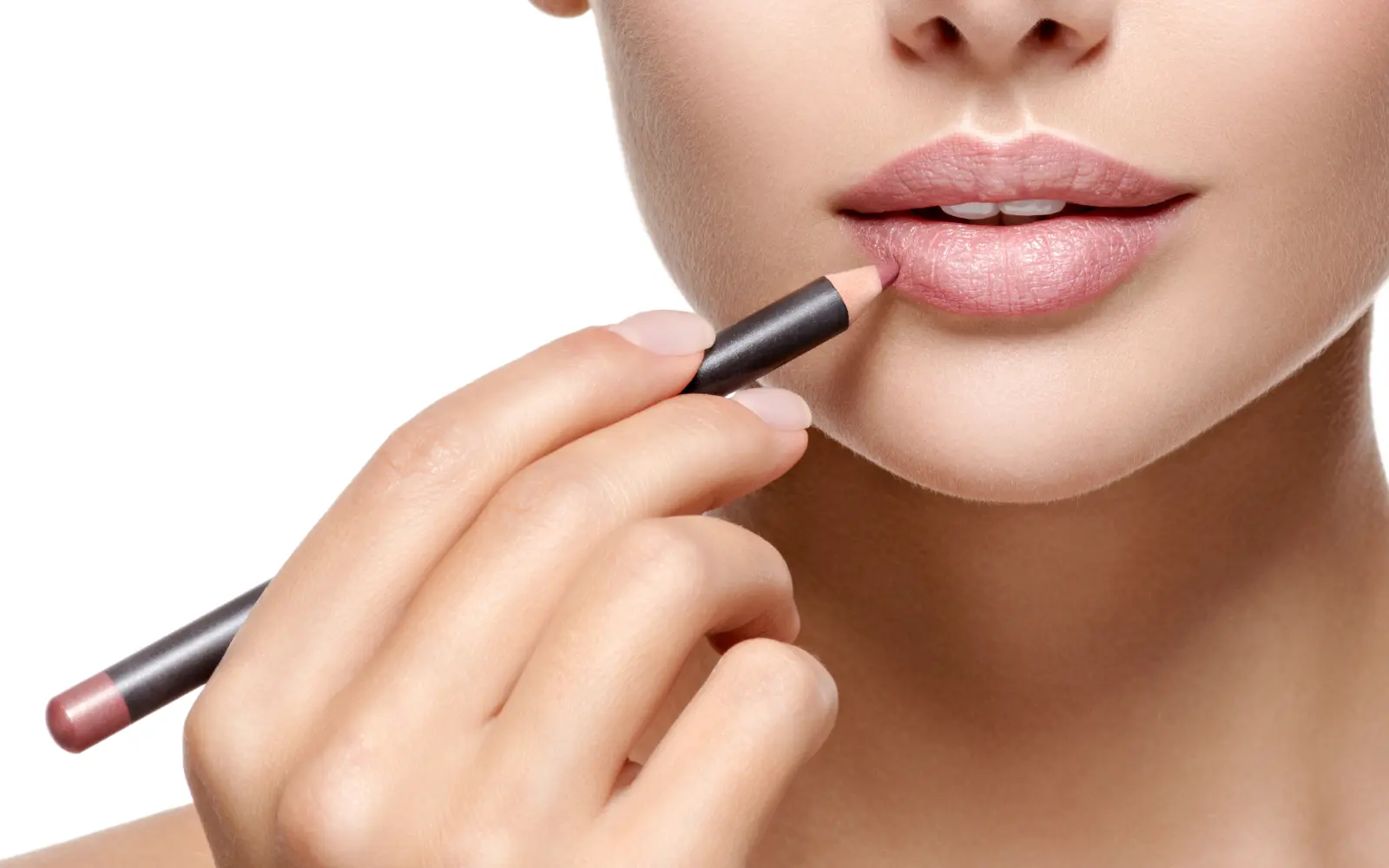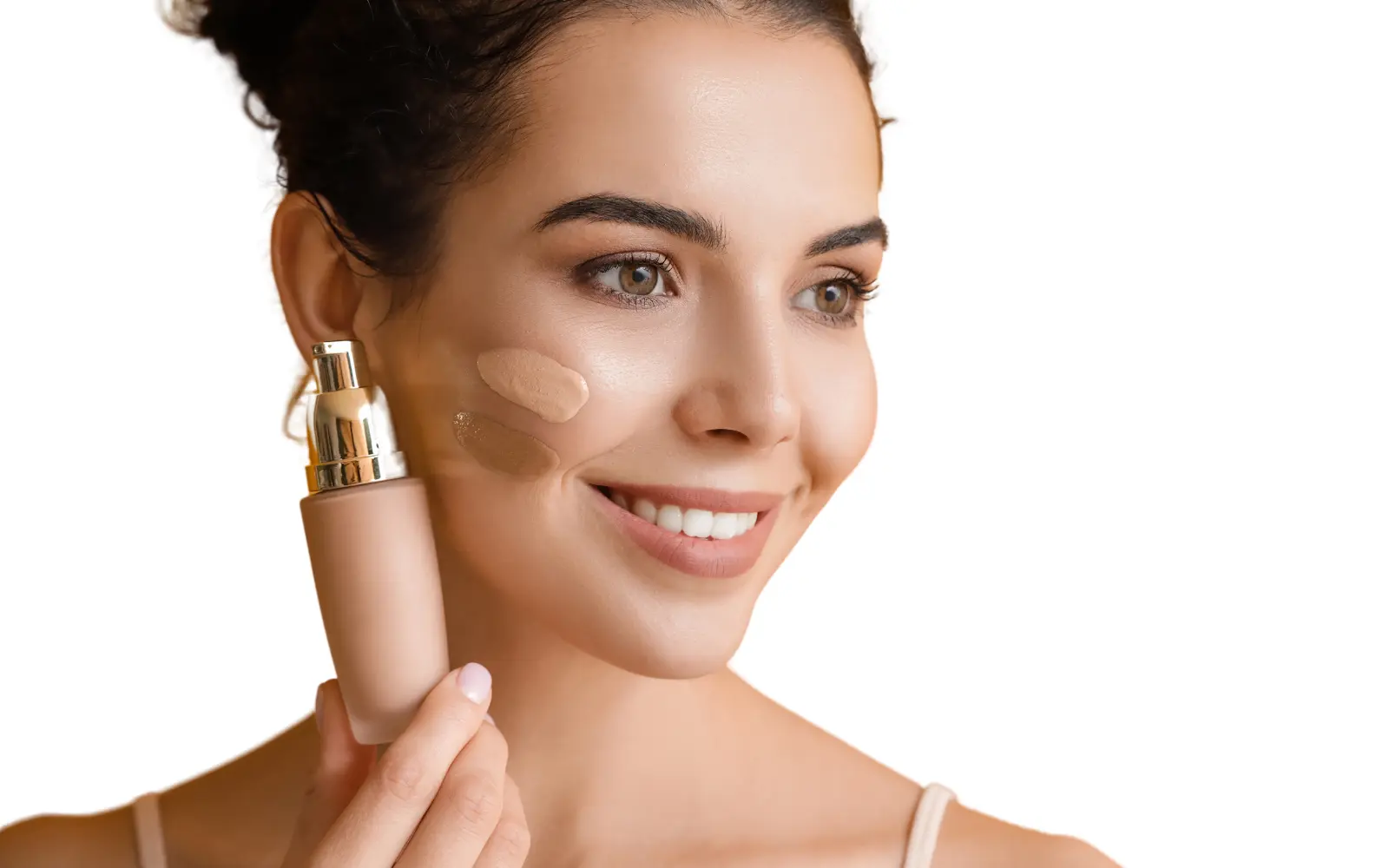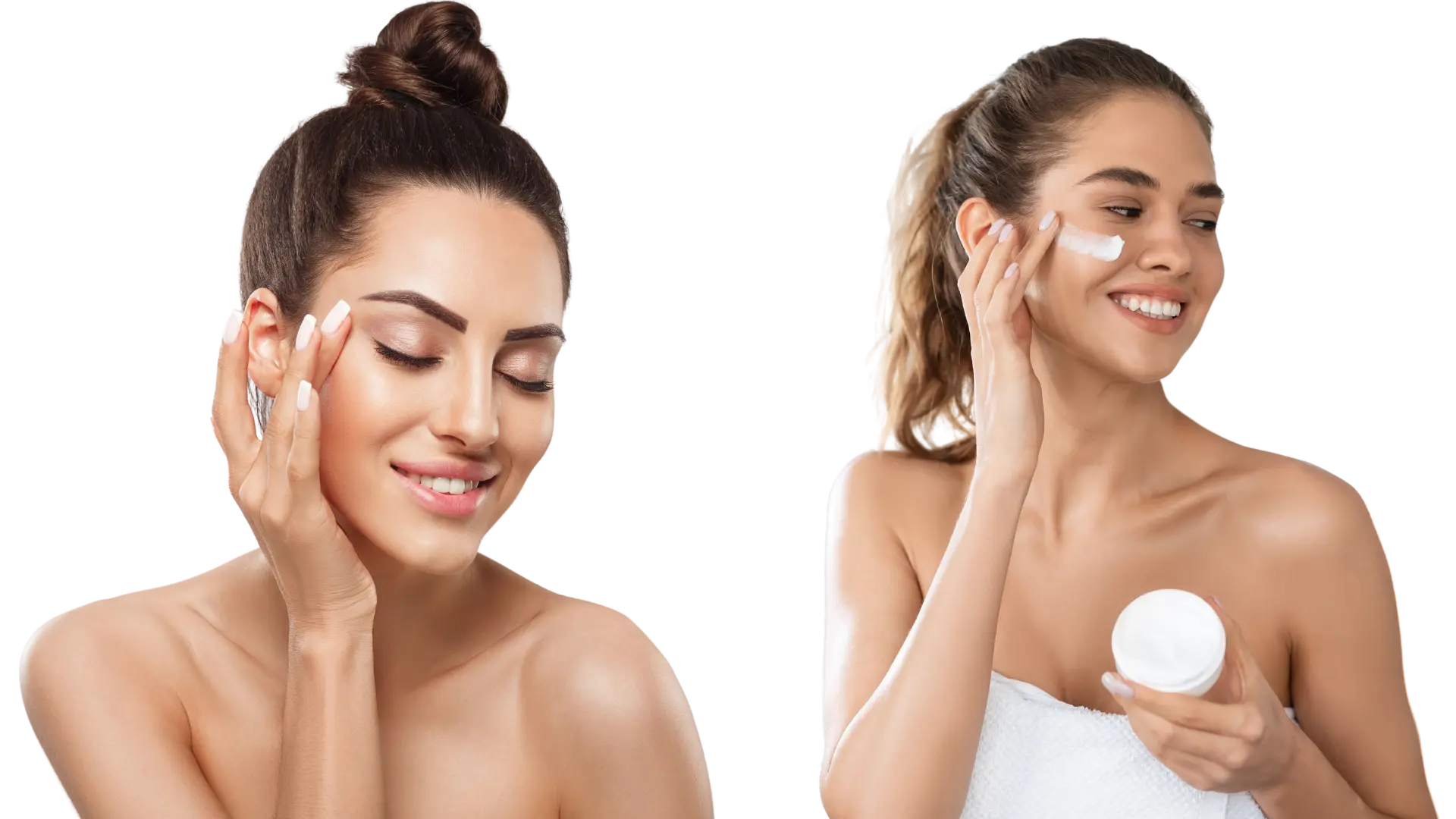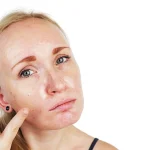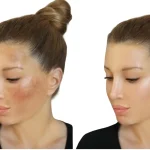How to Manage Oily Skin: Tips and Tricks
Oily skin is something so many of us deal with, it can sometimes feel embarrassing to constantly be shiny and annoying out stuck in breakouts. Fear not, warriors against grease! You too can have a healthy, well-balanced looking skin tone, and finally bid adieu to the unsightly shine. Enter this ultimate guide to everything you need to know about greasy skin. We shall learn the science behind it, uncover skincare routines that work and provide you with some amazing tips to keep your grease away. Understanding Oily Skin: What’s the Deal? Let’s break it down. Sebum makes the skin oily, and excessive secretion of sebum is behind those with oily texture of the skin. Our skin is naturally meant to produce sebum, which helps condition and protect our face; yet sometimes those glands can get a bit overzealous leading to that unwanted grass balle. Why Does Oily Skin Develop? Genetics: Blame your parents! You’ll be more predisposed to oily skin if they have it. Hormones: Changes in hormones, especially during puberty and periods, can lead to over-activation of sebum glands. Weather: Hot and humid, is equivalent to oily skin. Well this one…! Diet: eating lots of processed foods and high-sugar drinks can make oily skin worse. Stress: Feeling overwhelmed? And, one consequence of being stressed is increased oil production on the skin. Skincare products: Using comedogenic (pore-clogging) products can worsen the issue. Build your oily skin care routine If you have oily skin, You need a good skincare routine. Here’s a step-by-step guide: Cleansing Use a mild, oil-free cleanser: Use products marked with “non-comedogenic” or “oil-free.” This is because harsh cleansers can strip away your skin barrier oils leading to a compensatory increase in sebum production. Cleanse twice a day: Washing your face in the morning and at night, as well as after workouts or sweaty sessions. Don’t over-cleanse: Over-washing your face is the number one culprit in drying out skin and can actually trigger more oil production as a response. Lukewarm waterOverheated water can damage your skin so it is better to use lukewarm whilst cleansing. Exfoliation Face Exfoliation: Regular exfoliation will remove the dead skin cells reducing your risk of blocked pores. But be careful not to exfoliate too much, which can inflame sensitive skin. Use mild exfoliants: Prefer AHAs or BHAs chemical exfoliants for oily skin. Physical scrubs can be too aggressive. Toning Tone : While not an essential step in your routine, using a toner can restore balance to the pH level of your skin and remove any lingering impurities. Ensure to find those toners that are free from alcohol so as not to dehydrate your skin. Moisturizing Just as important, for the most part is to hydrate and not lubricate: Yes even oily skins need hydration! Select an oil-free moisturizer to trap in moisture that goes away without adding shine. Seek out humectants: Ingredients such as hyaluronic acid pull water into skin without sitting on top of it and clogging pores. Sunscreen Wear sunscreen Use a broad-spectrum (UVA & UVB) sunscreen with an SPF of 30 or higher every day.Fprintf-Bold; Opt for oil-free and water-based non-comedogenic ones. Additional Tips for Oily Skin Blotting papers – have these to hand on days where your face is greasy but you do not want to disturb the makeup. They even focus on your makeup choices: Choose oil-free, water-based cosmetics whenever possible. Take your make-up off completely before bed Lifestyle and Diet: Try to reduce the consumption of greasy foods, soft drinks, dairy products. Hydrate yourself, Stress management and Most important SLEEP. Everyday Hair Care: Please wash your hair regularly so no skin oil ends up spreading on to the face. Follow up: If necessary, visit a dermatologist for chemical peels or extractions-related treatments. More of the Oily Skin Myths Myth: If you have oily skin, skip the moisturizer. Fact: Oily skin is still going to be oily, but hydrated.If you have dry skin, using moisturizer may also help regulate your face’s oil production. Myth: Avoid oil(s) entirely. FACT: All oils aren’t created equal. Others, such as jojoba or argan oil, can even help regulate sebum production when used appropriately. Myth: If you wash your face a lot, it will get rid of oily skin. Fact: Excess cleansing can strip natural oils causing more oil to be produced. Stick to a gentle twice-daily cleansing routine. So just bear in mind, creating a skincare routine that really works for you may involve some trial and error. If your oily skin is still a concern, be patient or if you are unsure feel free to see a dermatologist for individual advice.With consistent care and the right products, you can achieve a clear, balanced skin. Conclusion Controlling oily skin requires knowledge of its root causes and to adapt a good daily skincare routine together with healthy lifestyle choices. When you follow these tips and tricks, your skin remains young looking as well as being healthier too. Keep in mind that everyone has a unique skin, so it will take time to determine what the optimal steps or products are for you. Be patient and dedicated — the results will come.
How to Manage Oily Skin: Tips and Tricks Read More »

